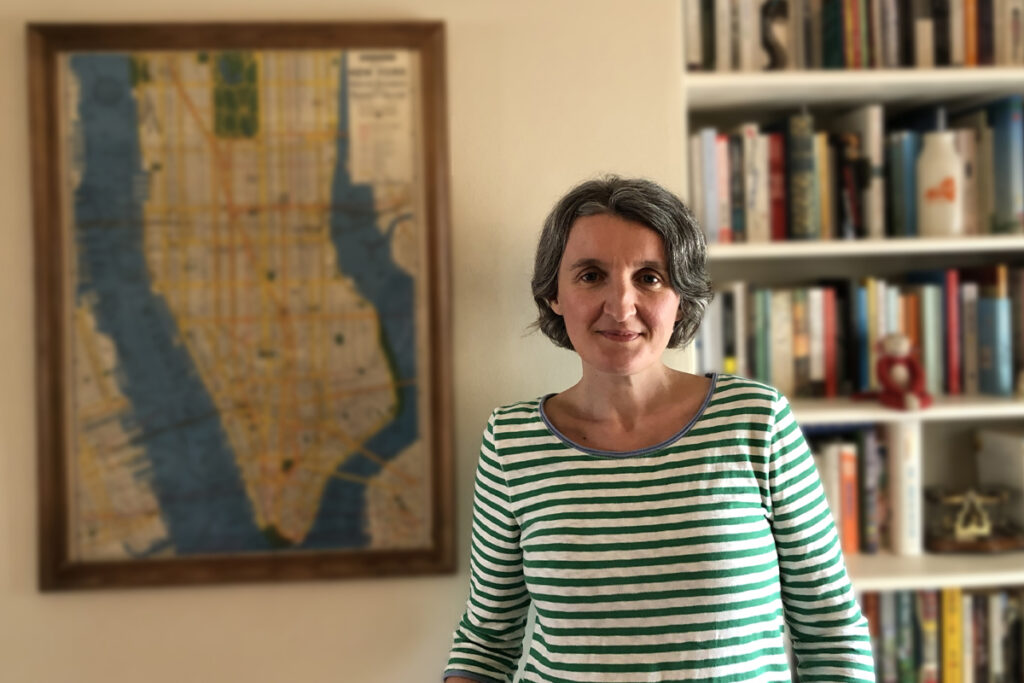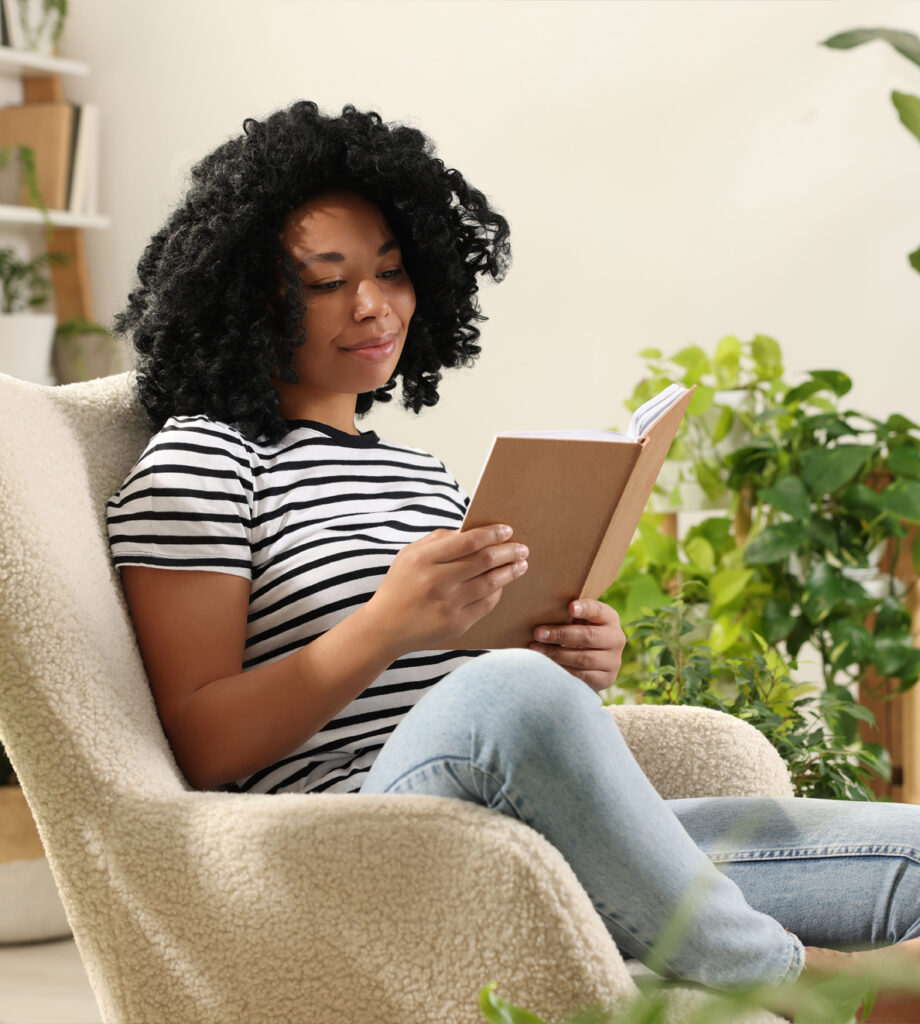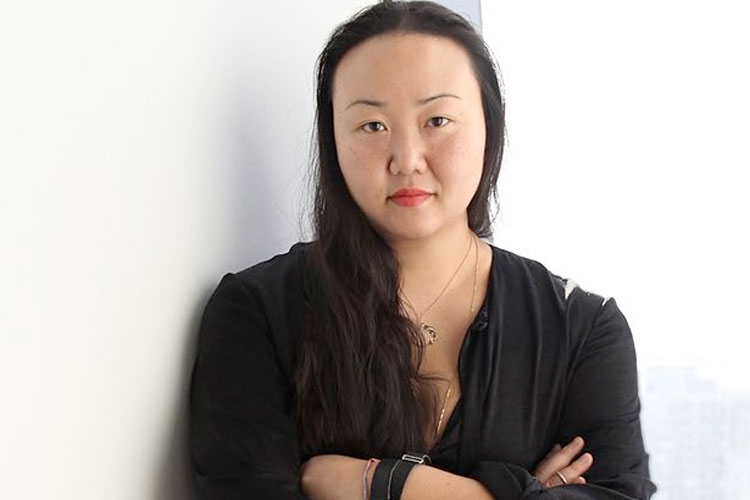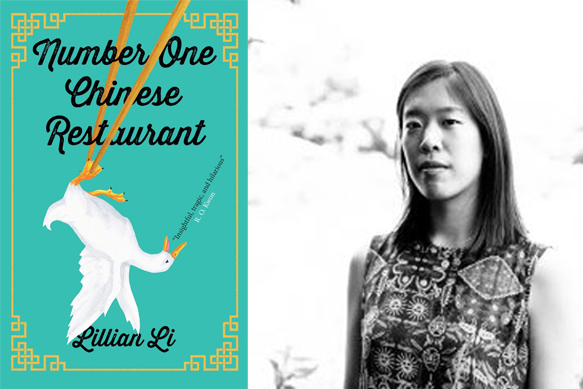From the Women’s Prize Archives.
With the 2016 Baileys Women’s Prize for Fiction longlist now well and truly out there, we caught up with author and psychotherapist Rachel Elliott, who has been longlisted for her debut Whispers Through a Megaphone. We asked Rachel about where she gets her inspiration from, her thoughts on social media and what music makes her think of her characters.
Where did the initial idea for the book come from?
The novel’s beginning was completely visual. I kept imagining a woman, standing at her bedroom window, alone and apart from the world, and a man sleeping in a rickety shack in the woods. Panning out, I knew they were opposing figures: a woman who wouldn’t leave the house, a man who wouldn’t go home. I spent a lot of time sketching these images, especially the inside of Miriam Delaney’s house: the cuckoo clock, the brown and orange carpets, the life-size cut-out of Neil Armstrong. I also wanted to explore the paradox of how being alive doesn’t guarantee a sense that we exist. Miriam feels that other people are more real than her – they know how to lead full, ‘proper’ lives.
Whispers Through a Megaphone features a huge array of musical references – do you listen to music while writing?
I do. Music sparks ideas and emotions for me. Certain songs or artists seemed to represent something about a character, so I had different playlists on the go while writing about each one. For Miriam, there was a lot of ‘Mad World’, ‘Wicked Game’ and ‘The Killing Moon’ – plus Kate Bush. For Ralph it was Leonard Cohen and Pearl Jam, and for Sadie the Pixies, the Violent Femmes and Juliana Hatfield. I also played music that evoked the atmosphere of a scene.
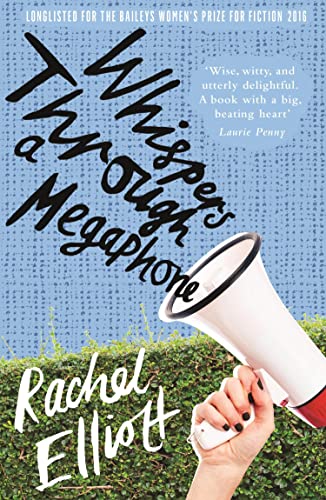
At times, your novel is quite scathing about social media and people being a slave to their phones – is this something you feel strongly about?
What I felt strongly about was wanting to include social media and technology as a kind of setting or social realm, in quite an ordinary way. We talk to each other on our devices all the time, and we show different sides of ourselves, depending on the medium of communication and who we’re with. Showing what someone chooses to say or write, alongside what they are actually feeling, reveals so much about a character. I also wanted to have Ralph’s psychotherapy clients following his wife on Twitter and chatting to each other in his absence. Ultimately, this story is about modern life, so there are popular culture references to things like Breaking Bad and The Bridge, and having people on Netflix, Twitter and Instagram was part of setting the scene.
You’re a qualified psychotherapist – does this inform your writing in any way?
Yes, in many ways. Instead of trying to really ‘capture’ a character, I think it makes me want to portray how we’re all many different characters. Equally, our personalities aren’t fixed, but we can end up confined by the stories we tell ourselves about what kind of person we are. All of my main characters confront these stories, and I loved writing their interior worlds. Psychotherapy and writing have something in common – they are both about empathy, putting yourself in someone else’s shoes.
Do you have a particular place where you like to write?
I usually write at my desk at home, under massive headphones, with my miniature schnauzer dozing in his bed beside me.
